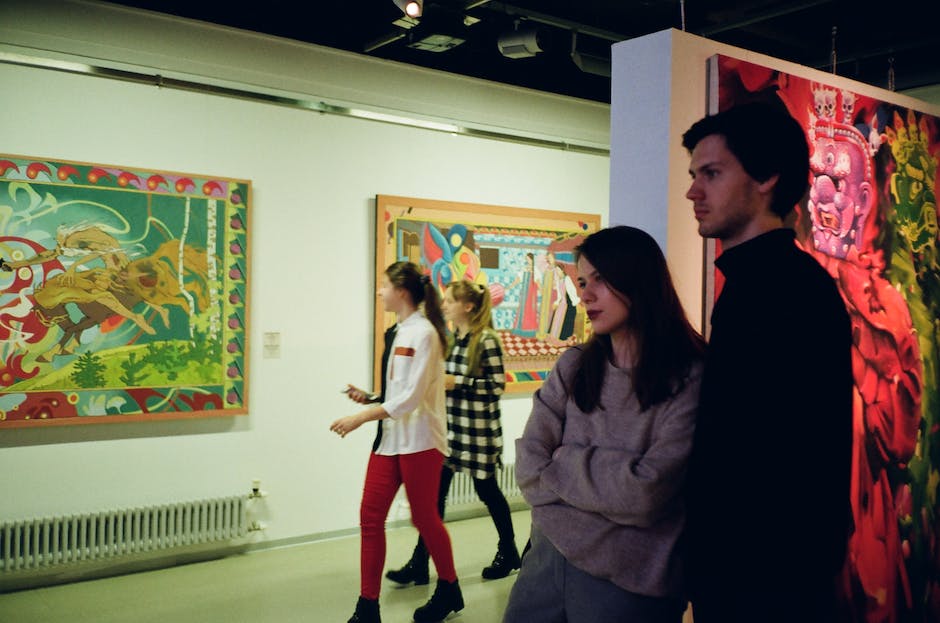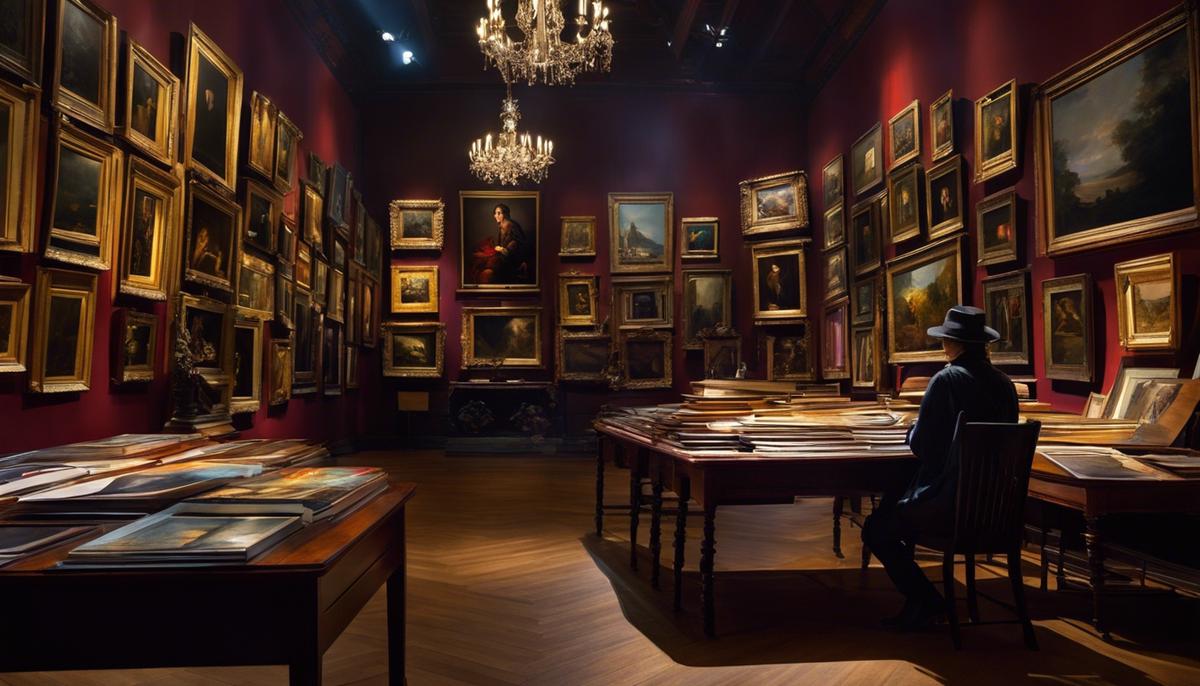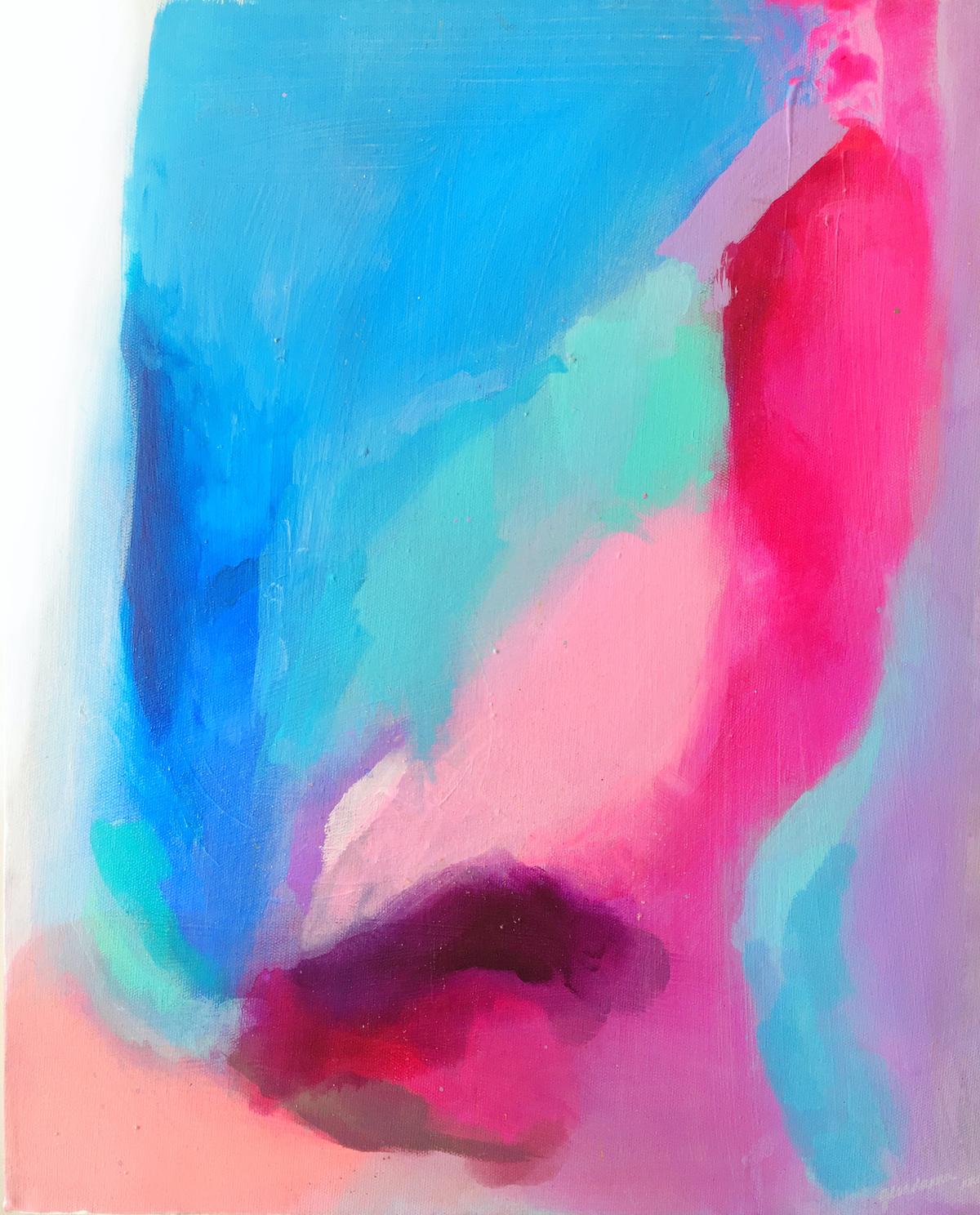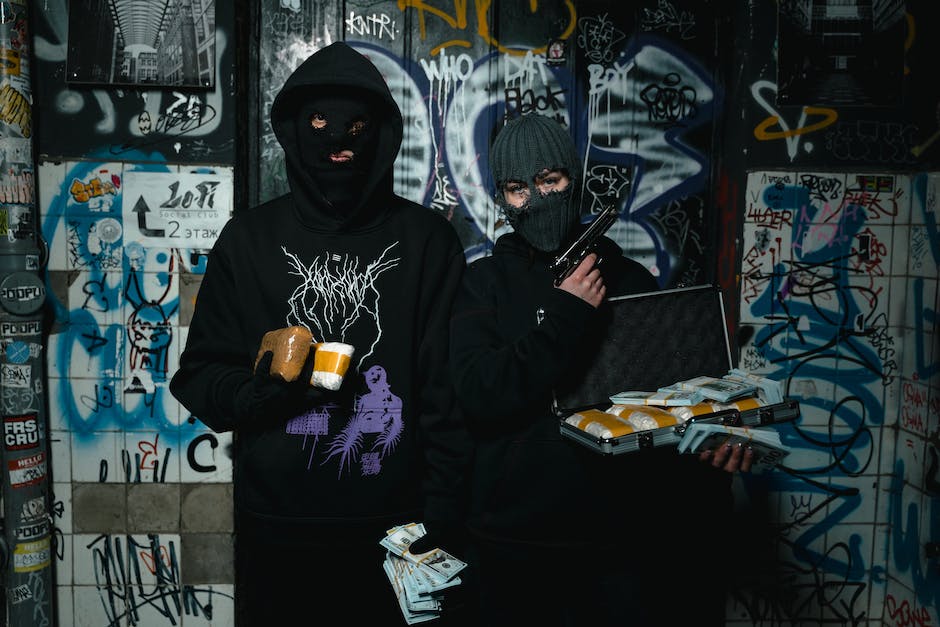At the core of the riddles that layer the art world lurk secret art dealers and advisors, hidden protagonists who play a crucial but often misunderstood role. Occupying the fine line of shadows, they are complex entities directing an intricate ballet between artists and collectors, shaping not only the market value of works but, subtly, art history itself. This discourse aims to unravel these enigmatic figures, shedding light on their machinations, the clandestine transactions they enable, the reverberations such secretive dealings have on the perception of art’s value and the very writing of its history. Moreover, it questions the ethics of secrecy in art dealings and speculates on the direction these covert operations might take in an age that is increasingly digital and transparent.
Understanding the Role of Secret Art Dealers and Advisors
Stepping into the realm of art and creativity, one might not anticipate a shadowy underworld designed, not with sketch pencils or paintbrushes but rather, shrouded in the mysterious cloths of secrecy. Yet, it does exist and plays a crucial role in moulding the landscape of art as we know it. They are none other than the hidden but highly influential figures of secret art dealers and advisors.
These adept individuals operate from behind the curtains, silently shaping the trends, tastes, and transactions in the global art market. With keen discerning eyes and hushed conversations, they intervene in the mystical dance of creativity and commerce. This invisible handshake between artist and buyer, preserved and guided by these elusive figures, becomes a conduit for art’s journey from easel to exhibition.
Art dealers and advisors, much like the whispering muses inspiring artists, act as the unseen spirit guiding the destiny of artworks. They adopt this cloak-and-dagger approach primarily to maintain confidentiality and protect their clients’ privacy. Capacities in which they hold influence range from dictating public art tastes to driving prices in the climbing art market.
Their acute understanding of art as not only an aesthetic expression but a worthwhile investment sets them apart in the industry, establishing their credence and value. They navigate the maze that is the global art market, utilising their expertise to acquire valuable masterpieces, particularly for collectors and investors. This clandestine art matchmaking is a talent – part skill, part intuition – cultivated over years of immersion in the art world.
However, these secret dealers and advisors aren’t all about whispered deals and veiled identities. They too are the wellspring of support and opportunity for emerging artists. By noticing and nurturing new talent, they play a significant role in introducing fresh creators into the limelight. They stand as the bridge between raw art and appreciative audience.
The art world is expansive and multifaceted and often, quite mysterious. A space where creation and commerce engage in an intricate ballet, choreographed by these secret art dealers and advisors. Their influence might be quiet but indeed, it shapes the rhythm and movement of the entire dance. So next time you stand in awe of a priceless masterpiece or a fresh new talent, spare a thought for the unseen figures that guided its journey from the artist’s imagination to the gallery’s grand display.

How Secret Art Deals Happen
Let us now voyage into the intriguing mechanics of the clandestine transactions. Seemingly mysterious, secret art deals are an exciting mosaic that brings together artists, collectors, and artworks.
First and foremost, identification of a potential artwork is a pivotal step in this process. Advisors, with their cultivated aesthetic sense and deep-seated knowledge of the art market, are responsible for identifying pieces that could be potential assets. They perform critical art market research, tracking market trends, and studying artist’s portfolios, ultimately pinpointing pieces that marry artistic value with investment potential.
Following the identification, comes a process known as due diligence. This involves establishing the provenance of the artwork, thus ensuring its authenticity. The advisor meticulously examines records and documents for the art piece, including exhibition history, prior ownership, and more. This also helps determine the artwork’s legal status, to forefend future disputes.
Negotiations, the nest crucial step, truly shine the spotlight on the advisor’s expertise and craft. The art world, much like any business terrain, thrives on the principle of supply and demand. You may imagine this stage as an artists’ ballet, each bearing their unique rhythm but meticulously choreographed to harmonise with the others. The objective here is to strike a balance where everyone, from the artist to the collector, find themselves equally satisfied with the transaction.
At the heart of these negotiations is the determination of price, a complex process that takes into consideration an artwork’s aesthetic appeal, current market trends, the artist’s reputation, and even elements such as size and medium of the artwork. The advisor must utilise their precise understanding of the art market ebb and flow, coupled with refined negotiation skills.
Once the collector and seller agree to the terms, documents for the transfer of ownership are prepared. These are critical for maintaining the artwork’s provenance for future transactions and to exhibit the collector’s legal rights to the artwork.
Delivery and installation, though rarely highlighted, confirms the finale of this intricate dance. The artwork is securely packaged and transported to lessen the risk of damage. The advisor may also oversee the artwork’s installation, ensuring it brings the desired aesthetic affect within the collector’s personal space, or adds the anticipated art value to a public one.
You might perceive this process as a labyrinth of sorts, but for these secret art advisors, it’s a haven, a sanctuary where their professional expertise, love for beauty, and the thrill of the pursuit all culminate into their daily routine. It’s a brushstroke that paints both the present and future of the art sphere.

Impacts and Implications of Secret Art Deals
Pivoting on the impressive scale of the art market, silent whisperings of secret art transactions influence unseen corners of the art locality. This clandestine process, with its traces of intrigue and dynamism, contributes significantly to shaping art history in ways that reach beyond conventional understanding.
Let’s delve deeper into the secret art landscape with the invisible hands guiding potential artworks towards their intended destinations. These covert brokers possess a sharp eye that identifies future masterpieces from pools of numerous art expressions. Just like a pearl diver makes sense of the beauty hidden beneath the ocean’s surface, they unearth the raw, unsculpted talents waiting to create ripples in the art world. Their identity may be shrouded in mystery, but their contribution to an artist’s journey is tangible.
Due diligence is another key facet of these secretive dealings, a process painstakingly carried out to establish the provenance of art pieces. This activity elevates the practice from mere commercial transactions to safeguarding the rich tapestry of art history. It’s an art detective work, a fitting puzzle solver for historical continuity, authenticity, and preservation.
Negotiations form a major artery of this collective. Here, an intricate balance is maintained between the aspirations of emerging artists and demands of art collectors. This tit-for-tat playground is where art’s essence faces commerce head-on, where the heartfelt labour of artists finds a deserving admirer, and where a demand meets its supply tailored to its taste.
Prices don’t merely tag the artworks but subtly narrate a story of several factors jostling beneath the surface. Art’s intrinsic value, historical significance, established provenance, and collector’s appetite all play into determining a work’s market worth. This process, led by these discreet dealers, forms a cradle where art and commerce embrace each other gracefully.
The journey of an art piece doesn’t end with the gavel hitting down the auction table. There remains paperwork, significant in legally transferring ownership—a journey that ensures the art finds its rightful space amongst its appreciator’s collection. These discreet dealers elucidate the legal labyrinth, thus ensuring a smooth transition from the artist’s atelier to collector’s chateau—a journey where each mile is wrapped in secrecy.
Finally, the hushed saga ends after setting up the artwork at its new ‘home’. Here, this silent play is revealed, unknowingly casting light on this hidden world, sparking awe and intrigue among onlookers without disclosing the enigmatic characters that orchestrated the entire journey.
All in all, it’s a dance of shadows where influential figures draw the strings behind the curtain. This intricate ballet leaves footprints on the sands of art history, shaping trends, and moulding tastes, tuning the art landscape without ever stepping into the spotlight. These secret art deals remain integral to the pulsating heart of the art world—an enigmatic entity shaping the unending narrative of artistic expressions. Unseen, yet ever-present.

Ethics of Secret Art Dealing
Venturing deeper into the world of secret art deals and advisors, it becomes intriguingly clear that this clandestine landscape teems with ethical questions and debates. The da Vinci behind the curtain, if you will, conjuring the grand scheme from the shadows. Yet, is all fair in art and war?
Dealing in the clandestine murkiness of secret art transactions stages a backdrop nuanced with enigmatic aspects of authenticity, transparency, and fair play. On one hand, there’s the geographical freedom permitted by this carefully curated secrecy, opening access to pieces that would otherwise be constrained by location; themes, styles, and messages that might have remained silent within their geographical confines find a voice and visibility on the global palette.
However, concern brews when the plots thicken and hidden transactions begin to overshadow the pristine glare of artistic merit. The ethical discourse around confidentiality, while polished in the lens of privacy, hinges precariously on the precipice of manipulation and monopolisation. While both artists and collectors may benefit from these covert operations, concerns persist about the unchecked influence these secret figures wield in dictating trends and tempering market dynamics.
Contributing to the ethical complexity, one cannot dismiss the power these secret advisors have over an emerging artist’s career. Their advocacy may be the wind beneath a budding artist’s wings, yet, in the transactional swirl, the artistic essence risks being diluted by market pressures.
Art as an investment has muscled a firm sculptural form in the sophisticated alleys of finance. It presents an appealing prospect for acquisition, yet stirs an ethical whirlpool – when valuing art as a money-spinner, are we muting its inherent story-telling spirit, its power to question, to counter, and to catalyse?
Another complex facet revolves around the practice of due diligence to establish provenance, intending to provide assurance on the authenticity and legal ownership of the artwork. While the exercise appears valid and essential, the secretive context of backdoor dealings often blurs the line, posing questions around the legitimacy of the paperwork and the transparency of the process.
Striking a balance in negotiations between artists and collectors, another crucial aspect of the art advisor’s role, again brings ethical considerations into sharp focus. The place at which the financial appetite of the investor meets with the creative fervour of the artist becomes particularly pivotal, and art advisors have an ethical onus to facilitate a fair rendezvous point.
Delving into the art world’s covert corners holds a captivating allure of mystery mingled with the taste of audacious creativity. Yet, navigating its winding route requires a keen ethical compass, recognising that each transaction is not just an exchange of art, but an interplay of stories, inspirations, and passions in the sphere of a shared, creative world. Just as art broadens our perception, the ethical implications of how we engage with it enriches this captivating journey from palette to heart, transforming the vision of artists, viewers, and secret advisors alike.

Photo by geordannatheartist on Unsplash
Future of Secret Art Dealing
As we delve deeper, it becomes apparent that this enigmatic world of art is on the cusp of an equally intriguing future. The patterns developing, through the lens of secret art transactions, are undeniably transforming the artistic narrative and leaving fruitful room for speculation.
On the horizon, technology looms large. Digitisation has not left art untouched; with valuable masterpieces being converted into virtual tokens through blockchain technology. In this evolving trajectory, secret art transactions will garner a fresh face as tokenised art opens up, not only a new avenue for collectors but possibly changing the whole dynamics of secrecy. While no one has a crystal ball, this path can likely add a veneer of transparency to private dealings while maintaining necessary confidentiality.
Additionally, as technology sophisticates, the tricky task of establishing provenance is anticipated to become smoother. Augmented reality and AI can further facilitate the process, even in the discreet world of secret art dealings. As we venture further into the future, these tools might become essential for covert art brokers providing a meticulously corroborated backstory for each artwork.
Equally intriguing is how the perception of art as an investment could be altered. Given the rising interest in experiential luxury, art can be seen less as a tangible asset and more as an abstract asset linked with unique experiences and stories. This move could potentially shift the paradigms for both emerging artists and secret advisors, creating a more holistic valuation of art.
Ethical considerations, a long-standing debate in art, are also expected to come to the fore in the future. The ethical compass will play a crucial role as the invisible power dynamics amidst secret art transactions come under scrutiny. It is in this move towards ethical transactions that the protagonists of the covert art world – the secret advisors, will have a key role.
In spite of the anticipated changes, the enduring essence of art transcends mere transactional value; it hides, blossoms, lingers and expresses in every stroke and sculpture, in every art form. Akin to a mystery, the world of secret art transactions, the whispering galleries of the private art dealings, affirms this sentiment.
One thing remains apparent as we glance into the future – the clandestine dance of secret art transactions will continue. They may adopt a new rhythm or a novel style, but the core essence will remain – connecting art lovers, collectors, and artists, fostering creativity and fulfilling the yearning for the sublime, one discreet transaction at a time.

The clandestine exchanges and nielloed machinations of secret art dealers and advisors promise to remain a crucial part of the art world narratives. As we move into a future rendered increasingly transparent by digital platforms and societal shifts towards openness, these shadowy figures may have to adapt, evolve and redefine their workings, yet their existence seems far from threatened. The art world, after all, thrives on a certain degree of mystery. As much as technology and transparency attempt to permeate these veiled dealings, the allure of the hidden, the thrill of the discovery and, importantly, the private nature of connoisseurship, will no doubt continue to give these secret dealers their raison d’être and stage in the grand theatre of the art world.
























